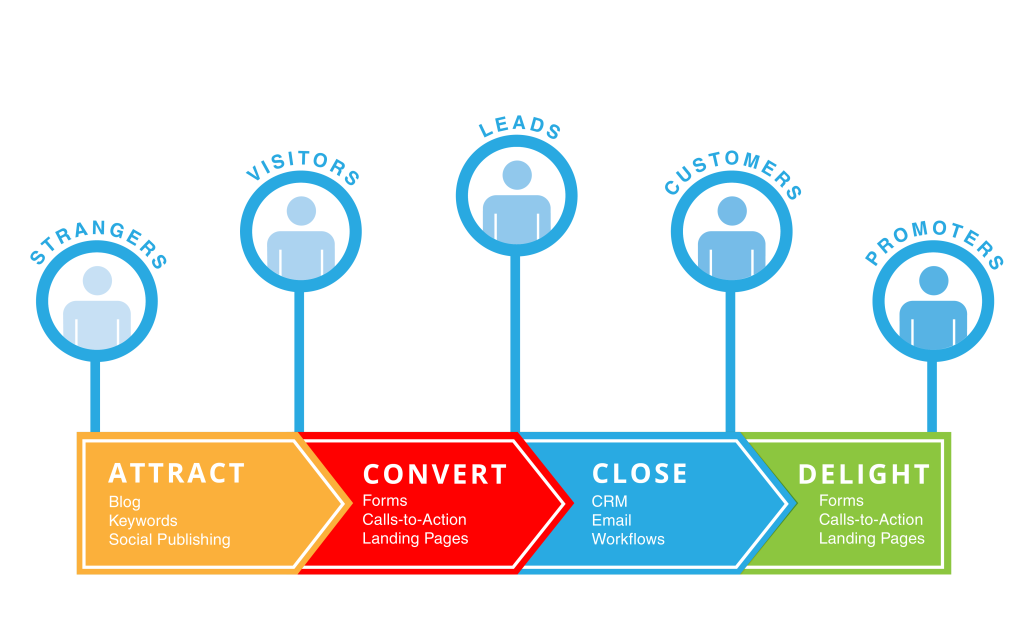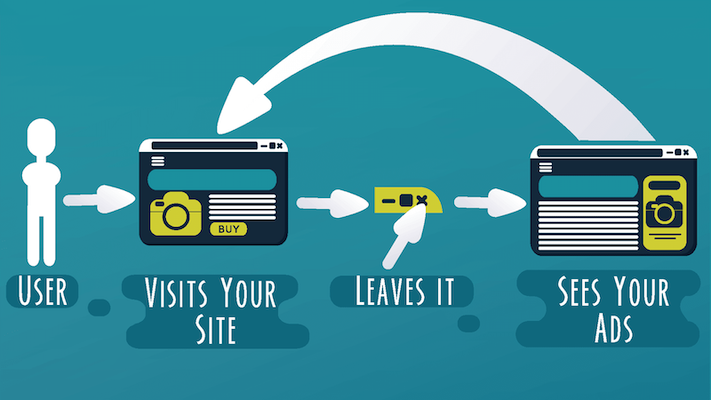Keys to effective A/B testing

A/B testing allows you to compare different versions of your page (or other marketing content) against each other and know for sure which of them works best.
However, before you jump into A/B testing, you need to be clear about your plan to ensure that the results reflect what is happening with your marketing. To help you out, I’m going to explain what exactly A/B testing is and the 3 steps to follow to make it effective.
What is A/B testing?
A/B testing is a process in which we experiment to compare two pages at the same time. In this way, we can know which version gives the best results. Although A/B testing can actually be applied to different content and objectives, for simplicity, we will assume that we are comparing different websites with each other in order to improve conversion.
Typically, A/B testing compares an established version of the page to a new one, or two new pages that differ from each other by a single variable. In either case, it’s important to set up your experiment so that both versions of the page receive the same amount of traffic.
How to do effective A/B testing in 3 steps?
A/B testing doesn’t work miracles on its own, but must be part of an integral process to improve conversion rates. That’s why it’s essential to have a structured plan in place to carry them out. These 3 steps will serve as a guide.
1) Measure your website’s results
To get somewhere, you first need to know where you are. That’s why any conversion optimization strategy should start with an assessment of the current situation.
To know if your website is performing well, the first thing you need to consider is what your business goals are and how they translate into metrics for your website. For example, if we have an online flower shop, the goal may be to increase sales and conversions on the web. This can be translated into a KPI of “bouquets sold in a month”.
When analyzing your results, it’s essential to consider segmentation and not just average site data. For example, a landing page may be performing very well on Android phones and very badly on iPhones, pointing to a design problem. But if you just look at the average results, you won’t be able to figure it out and correct it.
In addition to relying on Google Analytics data, it is also highly recommended to ask the users themselves about what works and what does not. This way, you can find the why behind the data.
2) Decide what you want to test with your A/B testing
So many variables and so little time… In theory, you could A/B test every element of your website, but that’s not cost-effective or practical. Therefore, you’ll need to prioritize the experiments that can help you improve your conversions the most. These tips will help you figure out what they are:
- Prioritize pages with a lot of potential for improvement. If you manage to bring your most problematic pages to an acceptable level, you’ll have a lot to gain. Take a look at your Analytics and look for pages with a high bounce rate and abandonment rates to know where to start.
- Prioritize low-cost, high-value experiments. That is, pages that are easy to test and have the potential to offer good results. A typical example is checkout pages that show high abandonment rates.
- Prioritize the pages with the most traffic. Not only are they the most important for your site’s results, but they also allow you to see the test results faster. In particular, pages with a lot of traffic coming from AdWords should be a priority, as they are costing you money.
3) Get to work
It’s finally time to design your first A/B testing actions.
The first step is to come up with a good hypothesis that makes sense of the experiment. A hypothesis is an assumption about the origin of a problem that guides us on how to solve it. For example, if the problem is “less than 1% of visitors to the landing page download the ebook”, we can think that this is because they do not see what it could bring them. One way to solve this would be to add a list of the benefits that the information in the ebook can bring to users. To prove it, we would do an A/B test comparing a landing page with this list and another without.
Always remember that a good hypothesis is testable, try to solve specific conversion problems, and help us understand customers better.
Another essential step in designing your A/B testing is to know what you are going to change between the different variants of the page. Several elements are easy to modify and can give very good results, so I recommend you start here:
- Calls to action: Location, text, button size, and color.
- Texts: value propositions and product descriptions.
- Forms: length, fields, text.
- Design of the different pages of the website (homepage, product pages, landings…)
- Product prices.
- Images: location, type, and size.
- Amount of content on the page (short or long pages).
When you take the test, always aim to wait until you have enough data for the results to be statistically relevant. If the number of visits is too low, the influence of chance is greater. In the worst case, you could end up convinced that variant B works better than variant A when, in fact, it is the opposite. So be patient! And as we always do in marketing, when you finish, learn from your results and start again.









